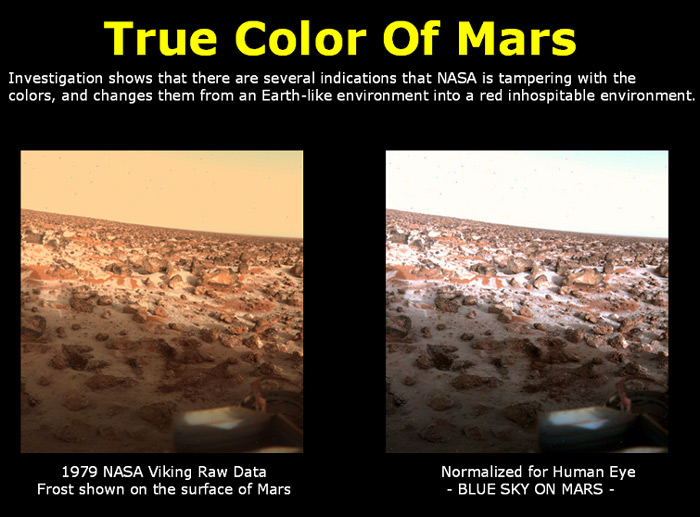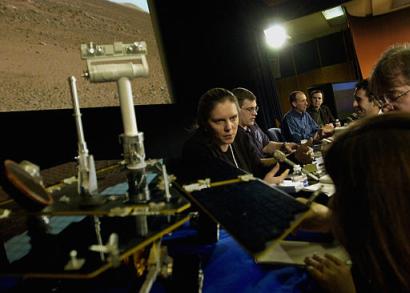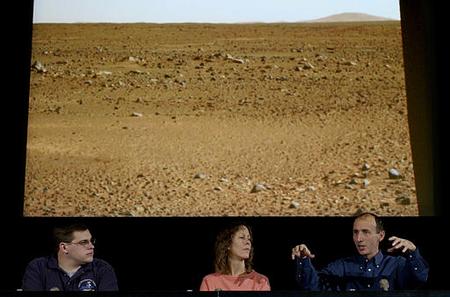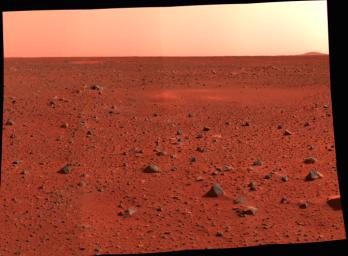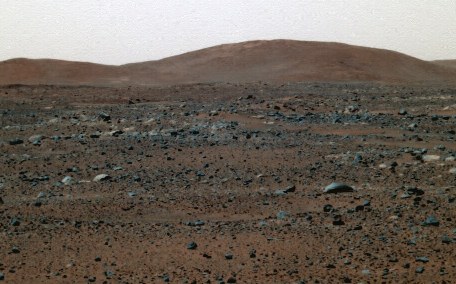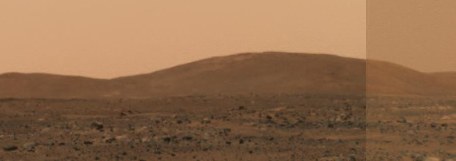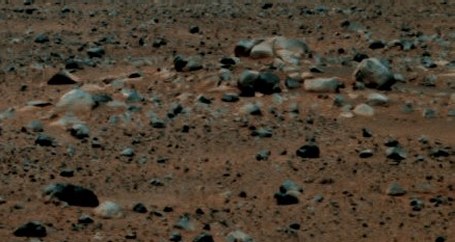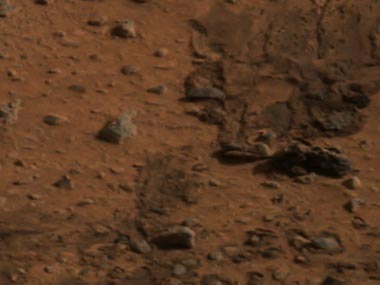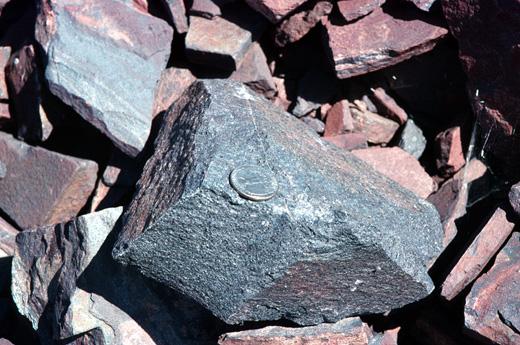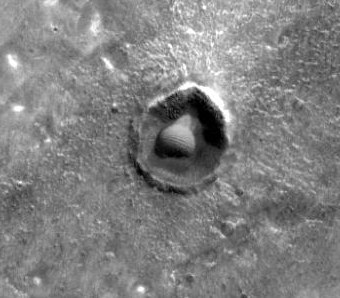At the press conference last saturday, the JPL-scientists showed the latest picture of the Martian landscape. It showed a salmon-coloured desert with a blue sky. It seems that they did it on purpose, since previous pictures were all extremely red. Whilst you may not be able to place your online bets partypoker on who's telling the truth just yet, it is certainly worth considering the evidence. The photos on this page demonstrate the startling comparisons between how many of us will have previously imagine this planet to look and what might, in fact, be its reality. Whilst the JPL scientists are unsure as to why NASA would want to do this, their press conference aims to reveal a more accurate image of Mars. Below the pictures of the conference are shown: The above pictures were taken from Associated Press However, the people of the NASA have altered the colours into this: It shows the same picture with the same hill on the upper-right, slightly zoomed-out. The administration of the NASA seems to have tampered with the picture. But there's more. On this NASA-site there's an article with: "Hazy Martian Skies".
"This image mosaic taken by the Mars Exploration Rover Spirit's panoramic camera shows the hills southeast of Spirit's landing site. Like a smoggy day in Los Angeles, dusty martian skies limit how much detail can be seen" there's written in the article. Indeed, on NASA's version there's not much detail on the photo. A graphic expert, Keith Laney, used the raw RGB (red, green, blue) data provided by JPL to create the same picture. Click here to view this high-resolution panoramic view. It shows very much detail, and there seems to be no dust at all! Now compare this with the NASA-version below. Click here to show the large NASA version. These are extremely different. If the colours were changed by "scientific point of view", they changed a sharp, contrast rich photo into a blurry, contrast poor picture. They seem to have dilebarately altered the colours to make Mars look unhospitable and dusty. The real version by Laney is so detailed, that you can see a fantastic pile of rocks: These same rocks look like a blurry red pile of rocks on the NASA-picture, with no detail at all. On the Laney-version it even seems that the arctifacts like "Sleepy Hollow" are waterice, or water. The guys from JPL say, in the press conference: "On the ground, the warmest temperature is around five degrees Celsius (37 Fahrenheit) and the coldest is -15 degrees Celsius (5 Fahrenheit)". But the NASA-site says: "This graph shows the predicted daily change in the atmospheric temperature one meter above the surface of Mars at Gusev Crater, the Mars Exploration Rover Spirit's landing site". With a picture above it with a curve shown from -70 degrees celcius to -5 degrees celcius! Who has right? De guys of JPL (The good guys), or the administrator of the NASA? If the young scientists from JPL are right, it might explain this: It seems to be nothing else but mud! This same picture, shows much more detail on Laneys coloured version: 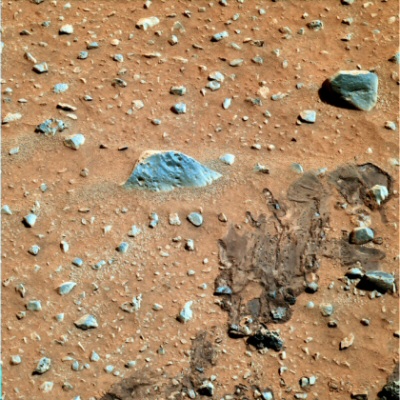 This colour calibration seems to be confirmed by scientists of Ames Research Center. They created a 3D-model of this anomaly: 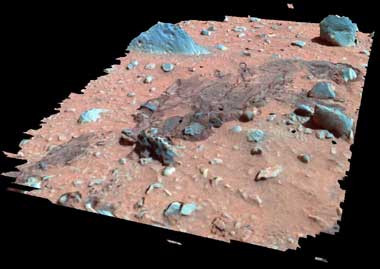
This picture above has been taken from http://www.jpl.nasa.gov/mer2004/rover-images/jan-12-2004/captions/image-5.html It's of high scientific relevance that the colours are displayed correct. As you can see, there are displayed blue rocks, which might indicate they might be iron ore rocks. Here's an example of similar stones on earth:
This may raise the question: Why is the NASA doing this? There might be several reasons. Maybe this anomaly on Mars has something to do with it:
|

